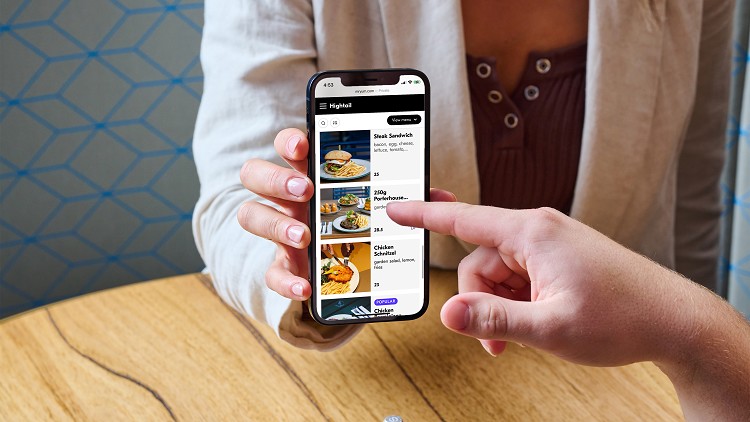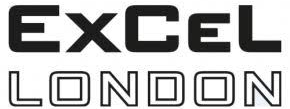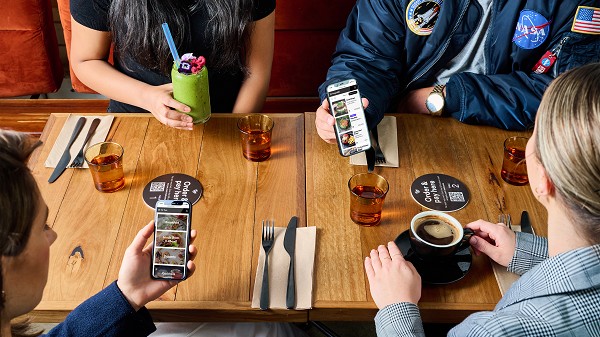H1 Menu Design: How to Make a Menu That Boosts Your Sales
Rather than just being a way to showcase your dishes, a menu can drastically impact what your customers purchase and how much they spend. Here’s what you should consider when creating your menu.

Every restaurateur wants their menu to look sleek and well-designed but what’s interesting about the design of your menu is that it goes way beyond aesthetics. According to TouchBistro, strategic menu design and engineering has been proven to grow profits by 10 - 15% and when you think about it, that’s kind of huge.
Holding the power to drastically impact what your customers purchase and how much they spend, it’s crucial to not only make a menu that caters to people’s dietary needs, but to make a menu that is designed to boost your sales and increase your profits.
But how?
8 things to consider when creating a menu that increases sales
Food photography
It’s no secret that photography impacts consumers, it’s design 101. And in the present day, where digital menus are the new norm, tapping into food photography—something that is often overlooked— is a sure way to increase sales. After all, humans sure do eat with their eyes first. How many times have you over ordered because your “eyes are bigger than your stomach?” It happens to the best of us.
If something is shot beautifully, customers will be inspired to order it. In fact, professional food shots can boost your sales by at least 30%. Even Deliveroo said that items with images next to them sell 6.5% more than those without.
However, there is an art to food photography and many things to think about when taking a snap of your delectable dishes. Photo composition, lighting, props, saturation, and the background are just some things you should think about when setting up your photos for the best possible shot.
Our tip: the more vivid the image, the more it’ll stimulate emotion and the more enticing it’ll be.
Cross-selling
Since the beginning of (hospitality) time, cross-selling has been a powerful way to increase your profits as an establishment; and now, with the shift to digital menus, venues no longer need to rely on their staff to do the hard work.
Sure, cross-selling is strategic, but there is no doubt that it is appreciated by customers who may not know which side dish goes well with their chicken or which wine to pair with their fish. Is it steak night? Why not cross-sell that juicy malbec you have by the glass that goes so well?
Mr Yum makes cross-selling on your digital menu seamless and it’s a win-win. You win because the bill is larger and your staff are happy because ultimately, a larger bill often means a larger tip.
Item descriptions
It’s pretty simple: if something sounds amazing, your customers will want to taste it. So it’s unsurprising that giving dishes descriptive names can increase sales by up to 27%. But there is a fine line between an appetising, mouth-watering description and a rambling block of text that uses too many adjectives and becomes confusing and deterring.
Writing simple and effective descriptions are key and will help you find that balance, while also enticing your customers.
Hot tip: Describing the item’s backstory is a surefire way to be evocative without rambling on. Was something made in-house? Add handmade to the description. Is your steak aged for a year before you serve it? Add 12-month-aged rib eye to the description. Are the chips thick-cut? Where is the lobster from? Did you add truffle to the salt? The list goes on.
It’s these details that customers don’t know they’re looking for, but that resonate so well and can hugely impact what they order.
Sorting by price
How often do you see a menu that lists its main dishes in order of price? It’s very common for an establishment to place the lower-cost menu items at the top of the list and work their way down to the $150 wagyu rump that has been aging for six months.
Well, we’re about to throw a spanner in the works. Reordering your dishes to have the expensive menu items at the top of the list can be hugely effective in enticing customers to order more from your menu, possibly increasing your profit by thousands. Placing the higher-value items at the top, makes the lower-value items seem more affordable and therefore more of a ‘deal’.
The more expensive dishes that sit atop the menu are often referred to as ‘decoy’ dishes. If people think the dishes that are more affordable are more of a bargain, the chances are that they’ll spend more, because who doesn’t like a bargain?
The Golden Triangle
Any design buff will be very familiar with the Golden Ratio or the Golden Triangle, but it’s something that restaurateurs or venue managers should become familiar with too, especially when you’re trying to make a menu that ups your sales.
What is the Golden Triangle?
The Golden Triangle is a psychological term used to describe the way humans look at something. It’s the places that our eyes are instinctively drawn to when we look at a page, website, image or even menu. In short, the sequence of our eye movements are: middle, then top right corner, and finally the top left corner.
Why is it important when designing a menu?
Given that these are the areas your customers look at — and therefore read — first, it is crucial to place your high-margin items or the dishes you want to sell the most, within the Golden Triangle.
Less is more
We’ve all heard this saying and it proves true when it comes to menu design. Although the concept of white space is as old as design itself, recent years have brought the trend of white space to the forefront, favouring minimalist design for its digestibility and simple, sleek look. The same goes for menus. Customers don’t want to be overwhelmed or confused when looking at or reading your menu.
What is white space?
White space is the area between design elements, which despite its name, does not have to actually be white. When used correctly, white space elevates a menu and creates a quality user experience. It prevents cluttering and a bombardment of information, allowing customers to breathe, absorb your menu and make an educated decision as to what they wish to order.
Remember, overcomplicating the look and feel of your menu can result in less sales and less repeat customers.
Limit choice
It’s human nature to be overwhelmed by choice, as explained in the age-old psychological theory of the “paradox of choice.” Too much choice can be mentally tiring for customers and evoke anxiety; though at the same time, you don’t want too little on offer either. Finding the sweet spot can allow you to guide the buying decisions of your customers to high-margin, high-profit dishes.
It is recommended to keep the number of dishes on your menu between seven and 10. In saying that, that might not always be possible, so experts suggest at the very least, breaking out your menu into sections with a maximum of seven dishes per section.
This not only keeps your menu organised and therefore more digestible for your customers to navigate, but also keeps the choice-making at a minimum.
Ride the trends
From gluten-free and paleo, to organic and vegetarian - keeping up with culinary trends can be a game changer for your venue. Gone are the days of the meat-and-three-veg dishes. In 2021 unique dietary requirements and culinary preferences have skyrocketed. So get in ahead of the curve, because by 2024, the industry is set to be worth $23.2 billion!
Customers want variety and they want to be catered to, which is why if your restaurant doesn't already, it should offer vegan food.
The ultimate golden hack to making a menu that increases profit
Taking into consideration everything we’ve covered above, the ultimate menu tip we have for you is highlighting your highest-profit menu items. Now, that can be using the above tips — be it colour, font, the Golden Triangle or your price ordering — but at the end of the day, this is key for making a menu that upsells your customers and makes you the most profit.
How can you highlight high-profit dishes?
A great way to do this is via the minimalist design of boxes. Popping your highest-profit items into the same category and highlighting them with a simple box can be extremely effective. Then add in an engaging title like Our All-Star Dishes, What We’re Famous For or The OGs, and you’ll likely see these items fly off the menu.
But let’s say, your menu is split into categories — entrees, mains, from the grill, from the garden etc — and you have a few high-profit dishes in each category. Reorganising this might not make the most sense so another way to guide a customer’s decision making is to highlight one high-profit dish per category. You can do this via bolding, text colour, font choice and even small symbols or signs.
Another tip? Keep your highlighting to one dish per category. If you end up spotlighting more than one, this can become overwhelming and may end up having the reverse effect.
Many restaurants are jumping aboard the digital menu train and are realising the impact this can have on sales. Mr Yum’s visual menu sees 20 - 40% higher average spend per head — an increase we’ve seen across all our venues. We know, that’s a lot!
Want to know more? Find out why thousands of businesses are using Mr Yum to maximise their profits.









